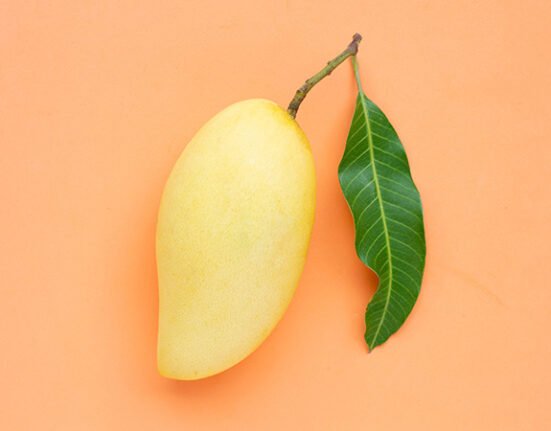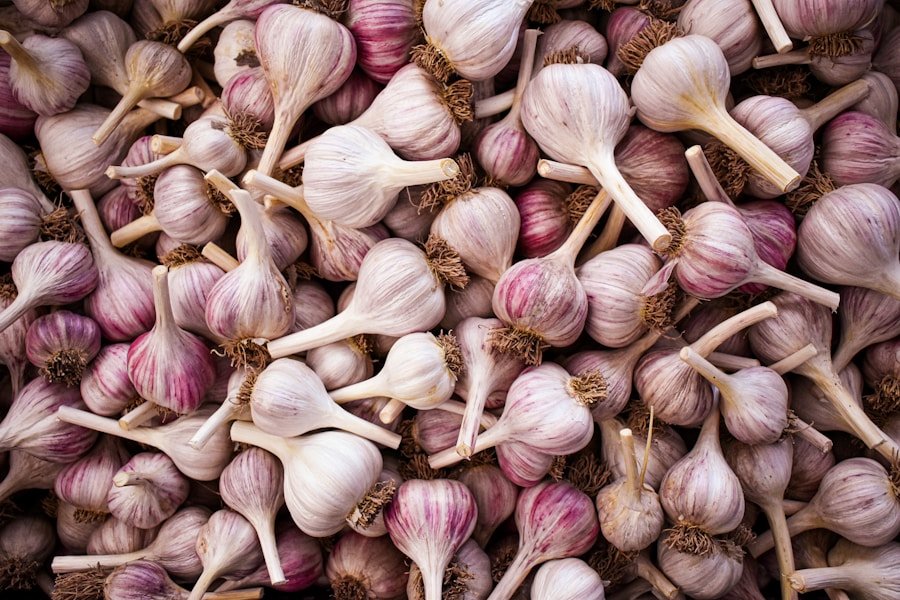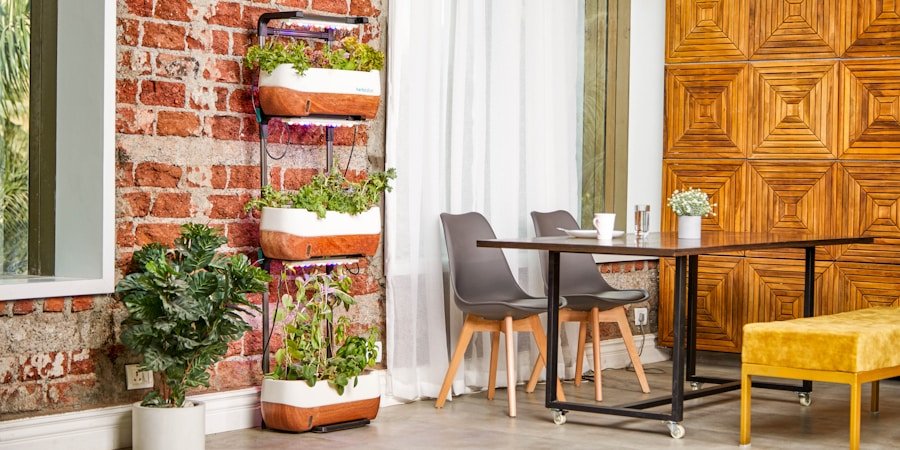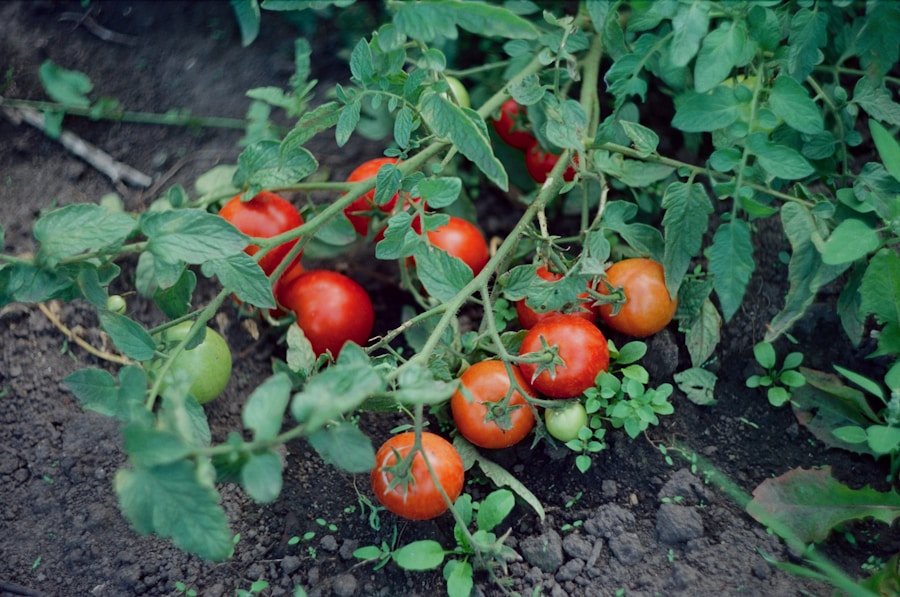Indoor Vegetable Plants: Fresh and Nutritious Greens Right at Your Fingertips
In recent years, indoor vegetable cultivation has gained popularity due to its numerous advantages. Having fresh and nutritious greens readily available offers a convenient and cost-effective means of accessing fresh produce, while also providing greater control over the growing process. One of the primary benefits of indoor vegetable plants is their ability to thrive year-round,












